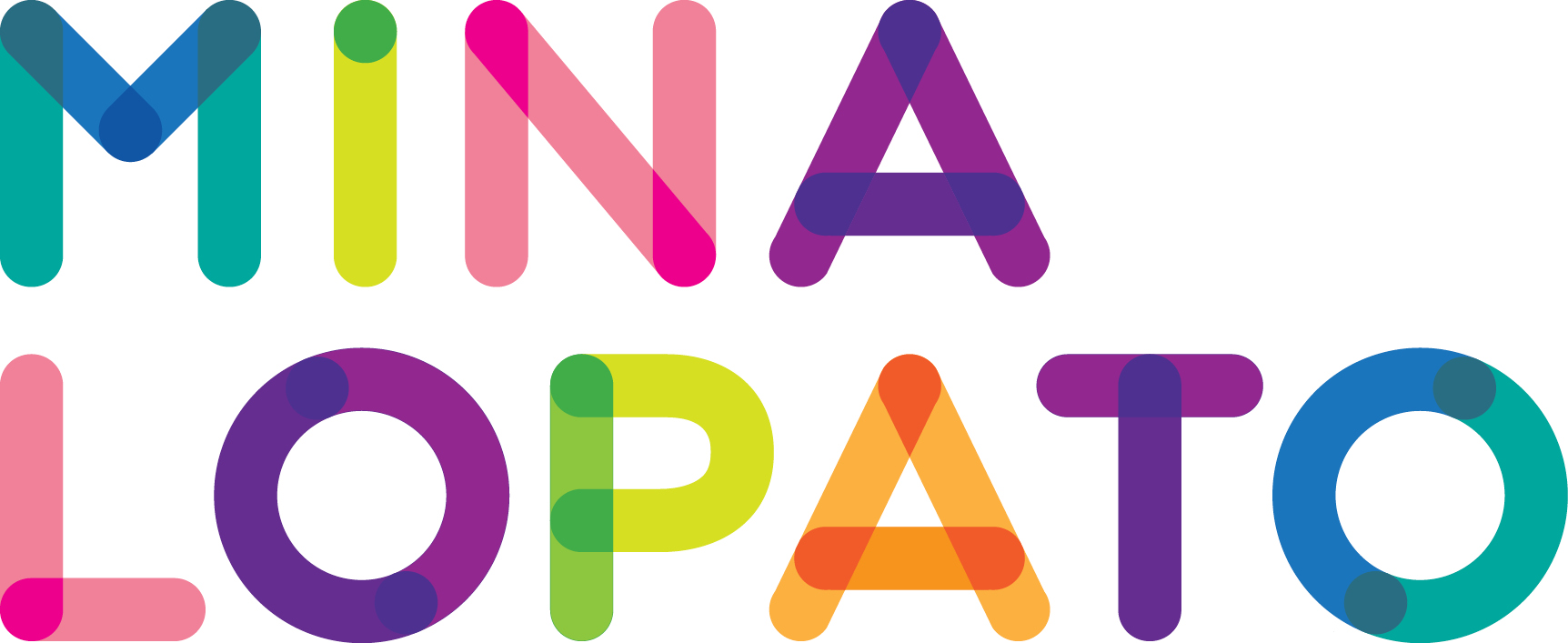What even is holy?
Don’t let the pandemic rob us of joyful traditions
by Anne Lamott (adapted)
"Sometimes we let go of things, sometimes things are taken away, and sometimes things break, such as lives, hearts, entire ways of life. Doesn’t our world feel broken in the time of COVID-19, maybe especially when holy days arrive?
Maybe we can be fully immersed in the holy even as we keep ourselves and our beloveds safe. Maybe broken isn’t the end of the world. Maybe broken is a new beginning, a portal.
Let’s start with what we mean by “holy.”
The word derives from whole, uninjured, healthy, complete. I am not always feeling whole these days. Rather, I am often rattled, sad, mad, existentially tired, and crunchy. I would love a nice burning bush about now—but the holy doesn’t come only from the divine, as I understand it. It’s woven through life.
The holy is not a spectacle, the Rockettes on stage at the Taj Mahal backed by the Mormon Tabernacle Choir. It is more often felt in small graces and blessings, although you do have to be paying attention to catch the momentousness of the moment. That’s the rub. It is around us, above us, below us, and inside us all the time. It’s here, but often we’re not.
Maybe our definition of holy and whole have to change. The early morning is holy. Holy is the warmth of the grocer or grandchild, or a bowl of homegrown tomatoes from the neighbour.
Finding what is sacred amid the loss might look like a wild spiritual awakening. It might be a secular return to the rituals your people have been performing for millennia—our peeps always did it, let’s do it too—or new DIY rites your loved ones create.
All of these offer connection with the larger, truer world, with the ancient, with timelessness and the luminous now. Rituals fill our souls. They distract, refocus, enliven.
Everything—our whole system of life, family, travel—has ground to a halt. So if broken is what we’ve got, where do we begin the repairs?
One possible solution is how the ancient Japanese repaired broken pottery with gold along the mended spots. You dishonor things if you won’t admit they are broken. You value them by repairing them. The gold edging adds to the broken things’ beauty. You adorn the cracks so now they really show. (And as Leonard Cohen reminds us, that’s how the light gets in.)
The world is broken. What is the gold?
On the visible level, the gold is appreciation that comes from paying attention with gratitude to what is left: We praise the big things, the gifts of life, love, nature. But don’t forget nice windows, your books, the curated strew of stuff that hooks us into memories and people. I raise my eyes not only to the mountains and stars but to my living room beams, to the view outside the windows. I savor the fresh air when I open them; it’s the breath of the house. All these expand me.
Life wants to keep reminding us of its sacred self, but we have to open our eyes and hearts. Yes, our hair looks like hell, and we’re out of shape, and dislike our mate, and shouldn’t have had children, but God, what a sunset.
The meaning of this pandemic is that we are all vulnerable and connected. We are in this together, Buddhists, Jews, Muslims, Hindus, pagans, Christians, atheists. This is so much bigger than the virus, because love and caring are bigger than anything—even, or especially, suffering. These nudge the virus right out of the lane, here and there, creating spaces we can slip right through.
Even when we are lonely, hollow, heartbroken, or angry, we can slip through these gaps into what we have always longed for: presence, not presents. And that will sustain us!"
“We were built to break, but we were also built to survive and to heal – but we weren’t built to do this alone. ”
